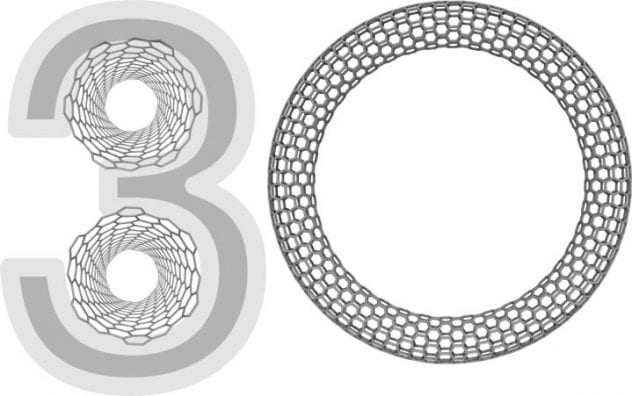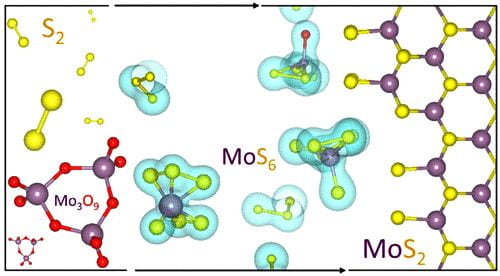Our work featured in ACS Nano virtual issue celebrating CNT research

Since its inception in August 2007, ACS Nano has published over 1000 papers on carbon nanotubes (CNTs). To celebrate the 30th year of CNT research, the journal Editors have collected ~60 papers on CNTs published in ACS Nano, forming a virtual issue. The papers are listed by topic and reflect current trends in the field: preparation, macroassemblies and composites, electronics, energy and sustainability, bioapplications and bioeffects, and optics.
Our recent work on Janus segregation at the CNT–catalyst Interface appears in the Synthesis section of the virtual issue, and Macroassemblies & Composites features our recent comprehensive analysis of the universal strength scaling in CNT bundles with frictional load transfer.


 Scientific studies describing the most basic processes often have the greatest impact in the long run. A new work by Rice University engineers could be one such, and it’s a gas, gas, gas for nanomaterials.
Scientific studies describing the most basic processes often have the greatest impact in the long run. A new work by Rice University engineers could be one such, and it’s a gas, gas, gas for nanomaterials.